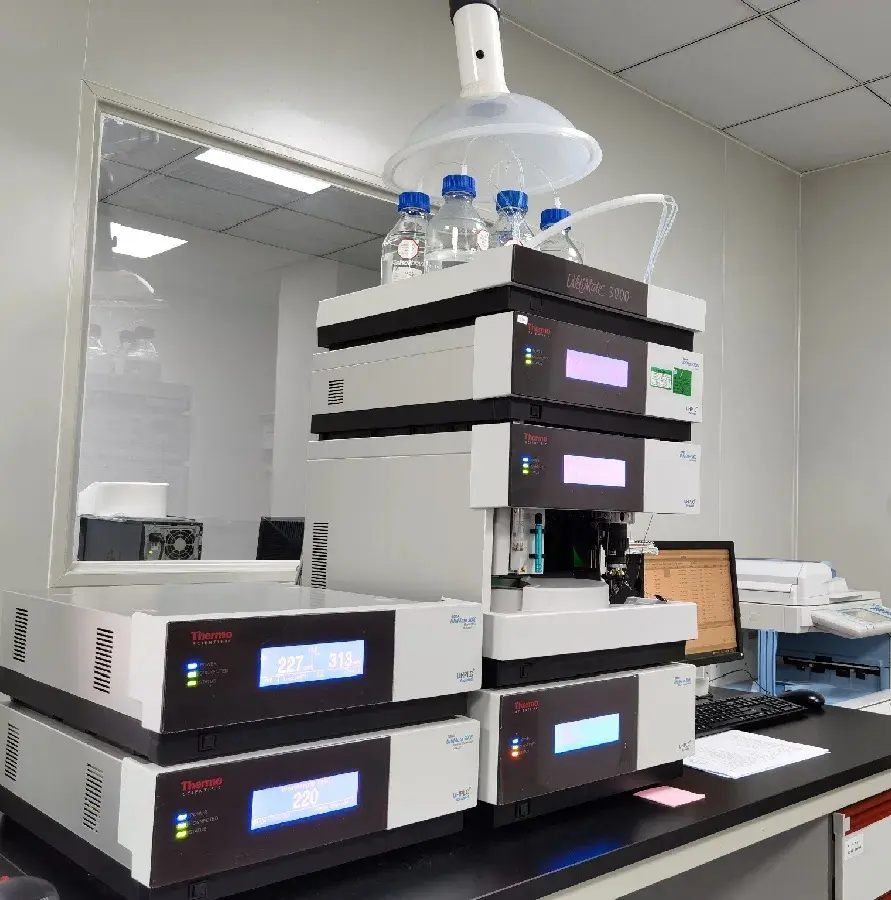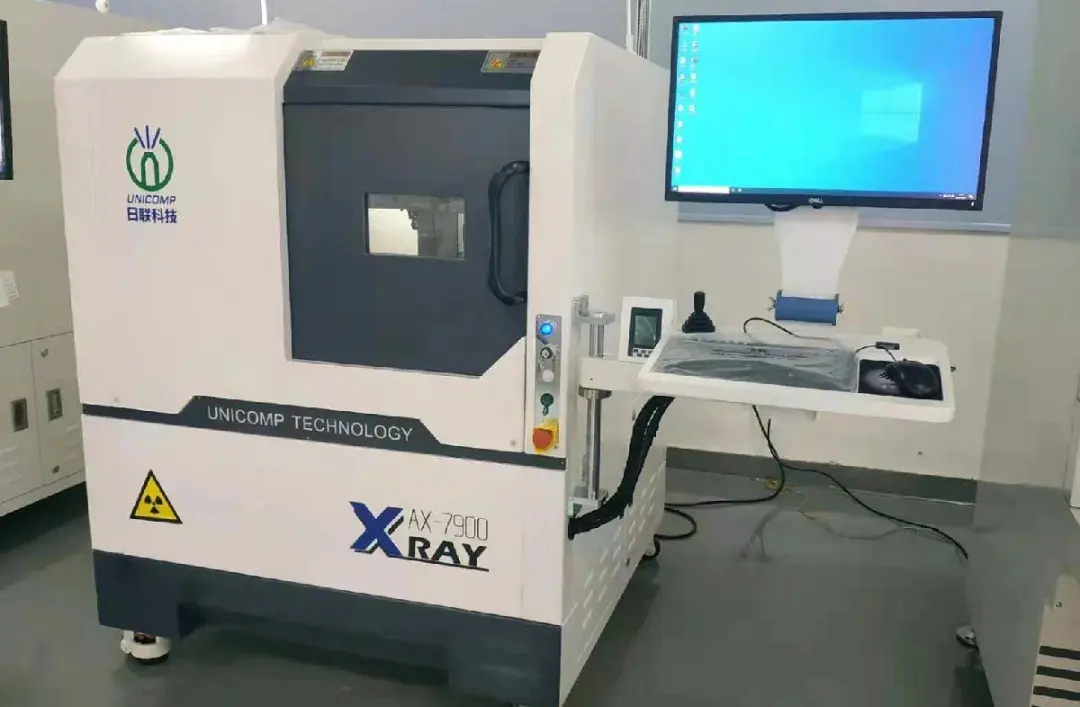
Jewelry Exports Compliance Certification for the EU
What potential risks should jewelry manufacturers, sellers, and consumers be aware of in their products?
- Chemical Risks: Jewelry may contain harmful elements such as cadmium, nickel, and lead, which, if exceeding certain limits, can cause allergies or even cancer. Small parts on jewelry that are swallowed by infants may lead to acute poisoning.
- Hygiene Risks: Jewelry materials may be contaminated with microorganisms, causing inflammation or infection.
- Mechanical/Physical Risks: Sharp edges and burrs may lead to injuries; small parts on children’s jewelry pose choking hazards.
Which regulations and standards must be followed to sell jewelry in the EU?
- General Product Safety Regulation (GPSR) (Regulation 2023/988): This regulation will replace the older General Product Safety Directive (GPSD) (Directive 2001/95/EC) and will come into effect on December 13, 2024, governing the safety of fashion accessories.
- REACH Regulation (Regulation 1907/2006): Although there is no specific standard for mechanical or chemical safety of fashion accessories, REACH sets limits on the content of certain elements and provides a testing protocol to assess these limits.
Children's Jewelry:
Products designed specifically for children under 14 must ensure safety due to their vulnerability. The unified toy safety standards, such as EN 71 Part 1 and Part 3, should be used to assess mechanical and chemical safety.
Nickel Release Testing:
European Standard EN 1811:2023 specifies the reference test method for nickel release in items intended to pierce the body or those that are expected to be in prolonged direct contact with skin. These limits are established by the REACH Regulation.
Lead and Cadmium Testing:
Laboratories may employ their own internal testing methods. However, REACH also recommends certain specific testing methods to ensure consistency in test results.
Email:hello@jjrlab.com
Write your message here and send it to us
 Packaging Validation ISO 11607 Test Report
Packaging Validation ISO 11607 Test Report
 What is the ISO 11607-1 Packaging Validation Test?
What is the ISO 11607-1 Packaging Validation Test?
 How to get an ISO 11737-1 Test Report?
How to get an ISO 11737-1 Test Report?
 Orthopedic Implant Cleanliness Testing
Orthopedic Implant Cleanliness Testing
 What is ISO 10993-23:2021 Irritation Testing?
What is ISO 10993-23:2021 Irritation Testing?
 ISO 10993-23 Irritation Testing Laboratory
ISO 10993-23 Irritation Testing Laboratory
 EMI Emissions Testing
EMI Emissions Testing
 EMC Standards for Medical Devices
EMC Standards for Medical Devices
Leave us a message
24-hour online customer service at any time to respond, so that you worry!




